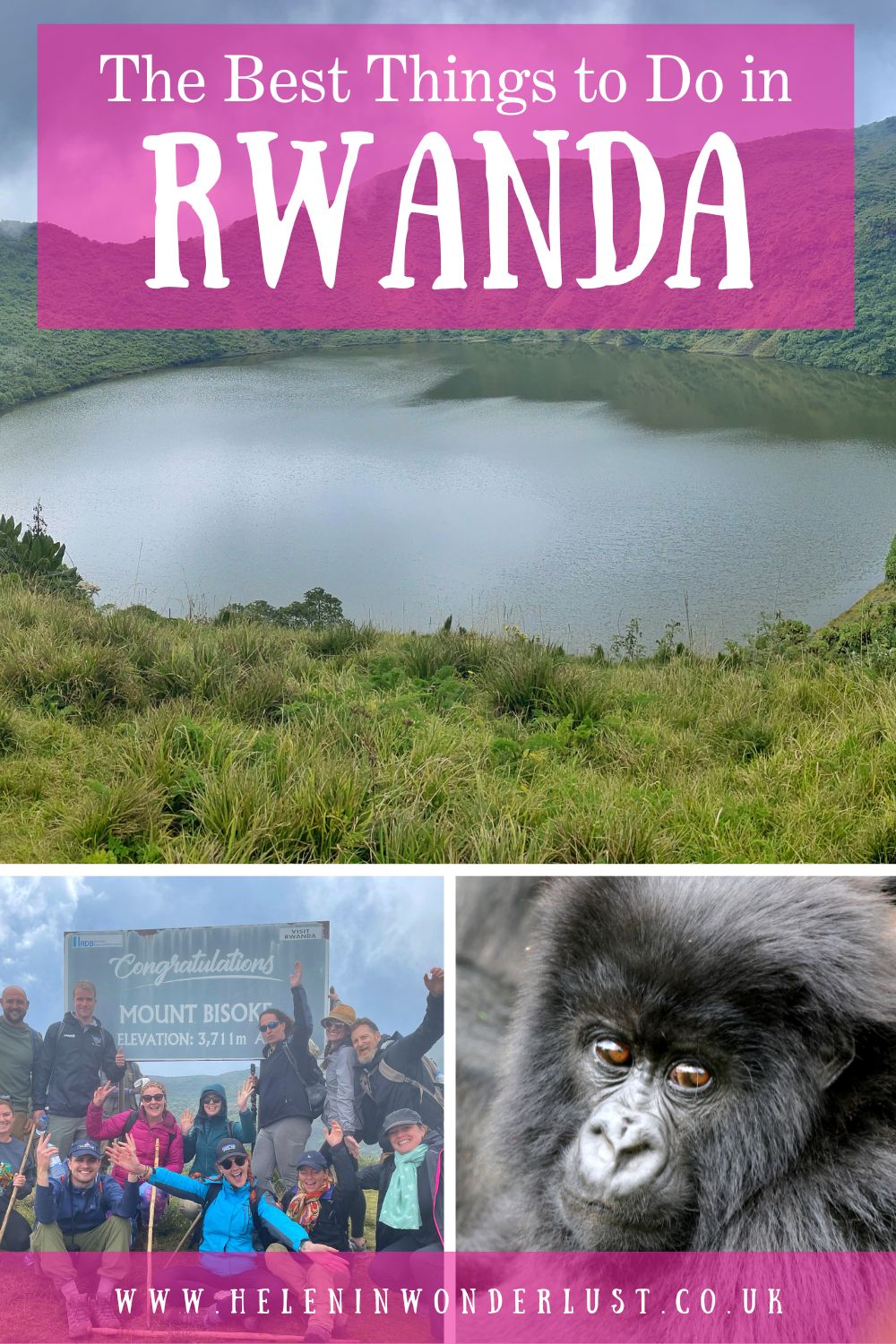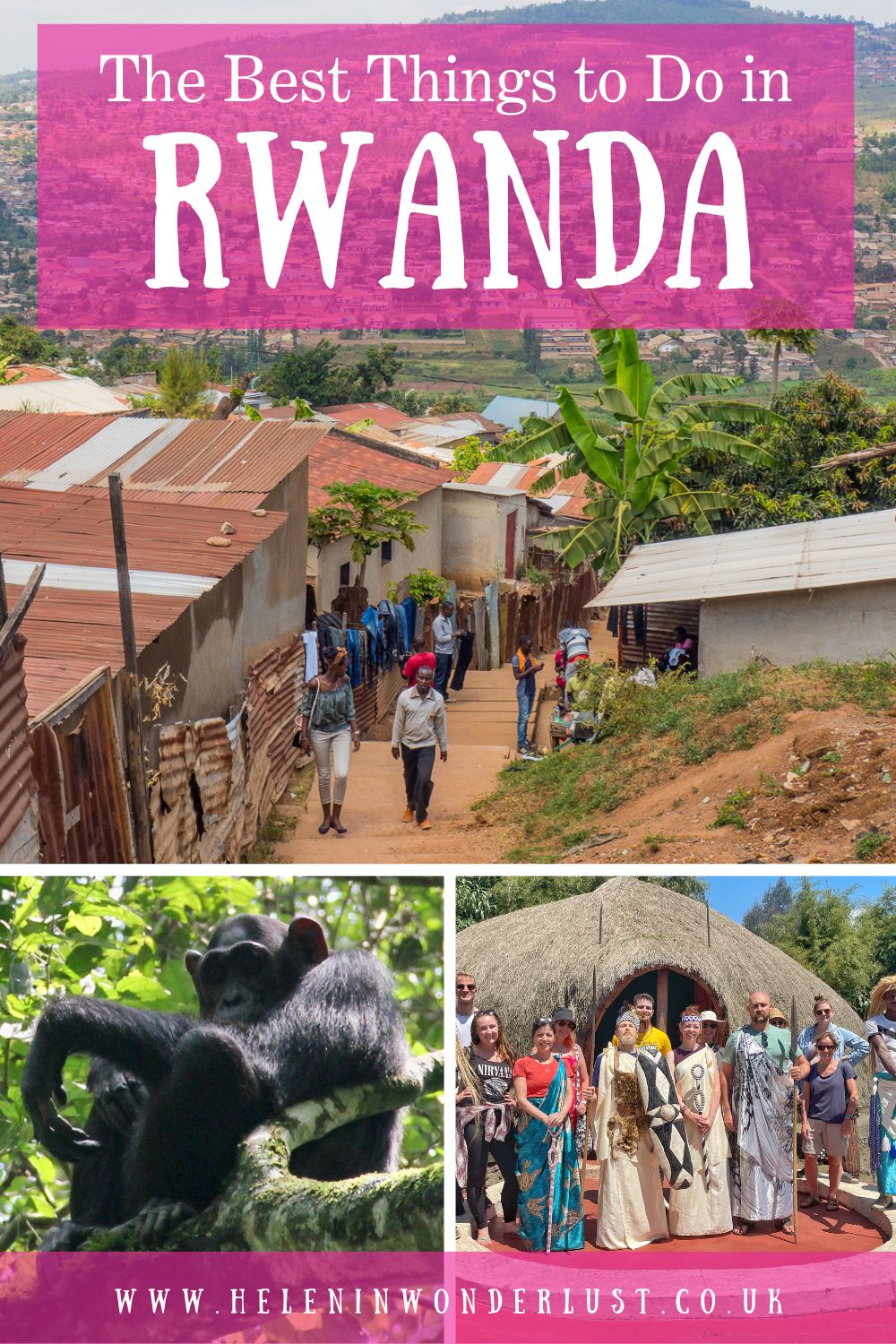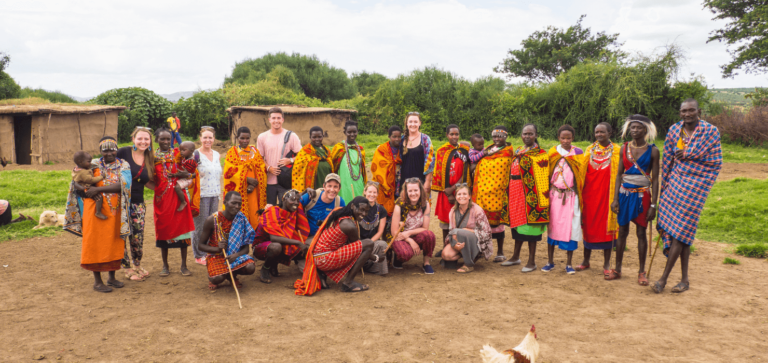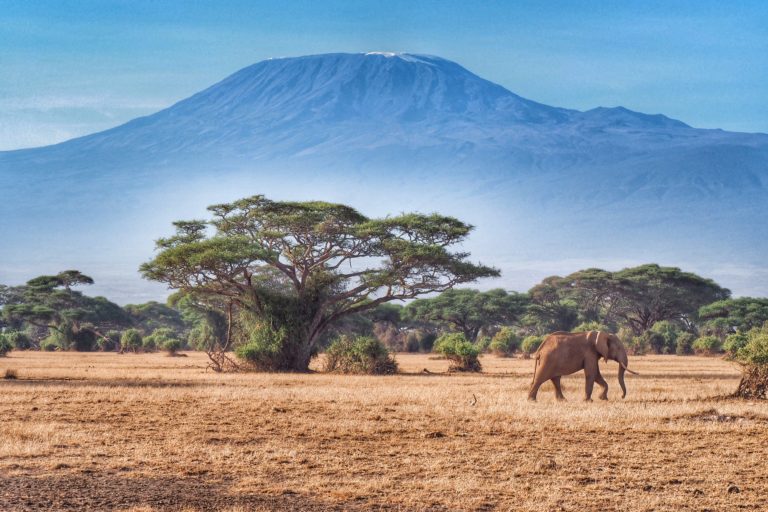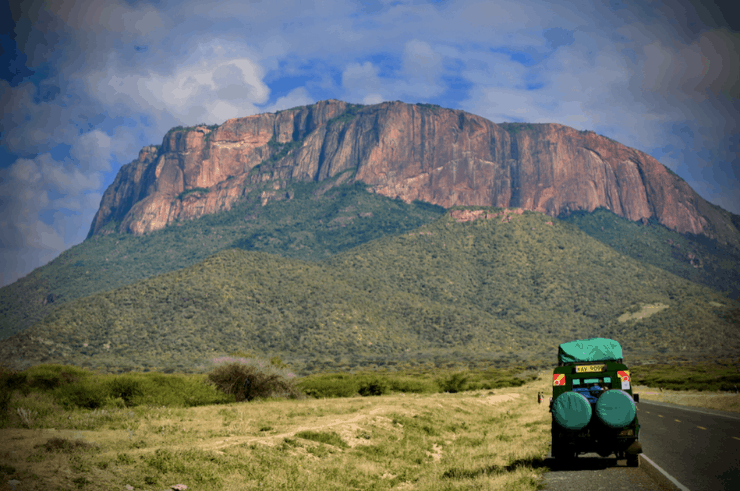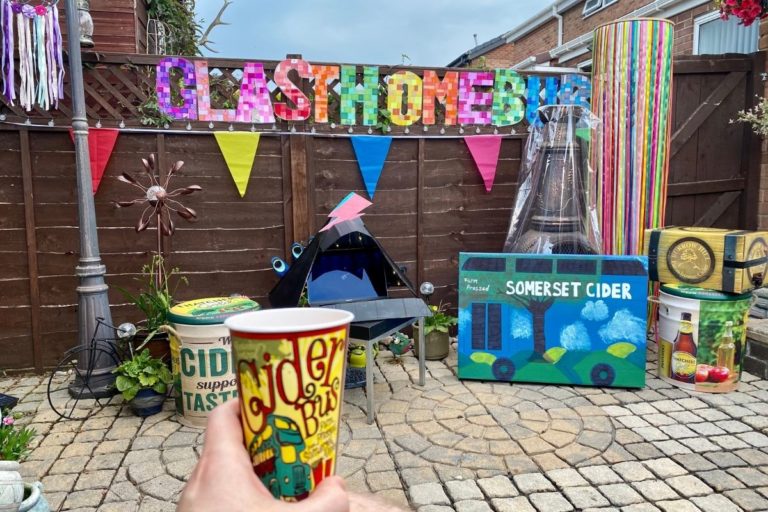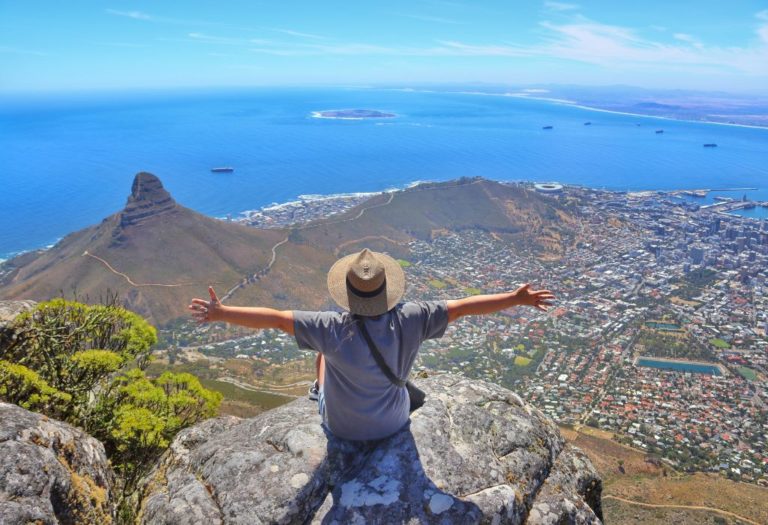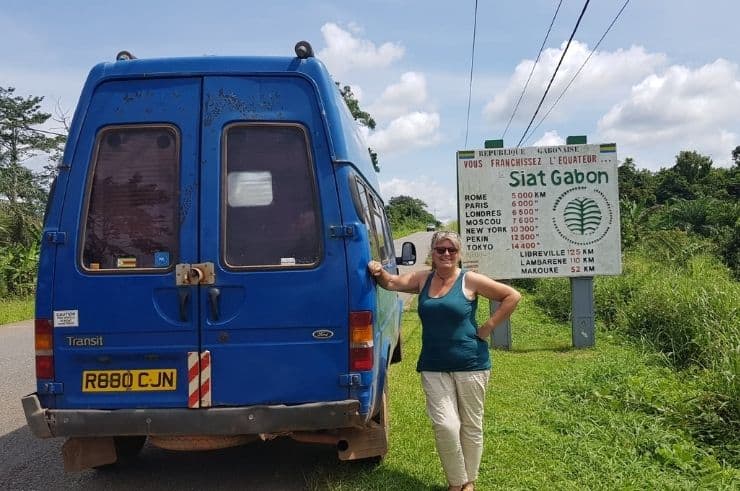The Best Things to Do in Rwanda
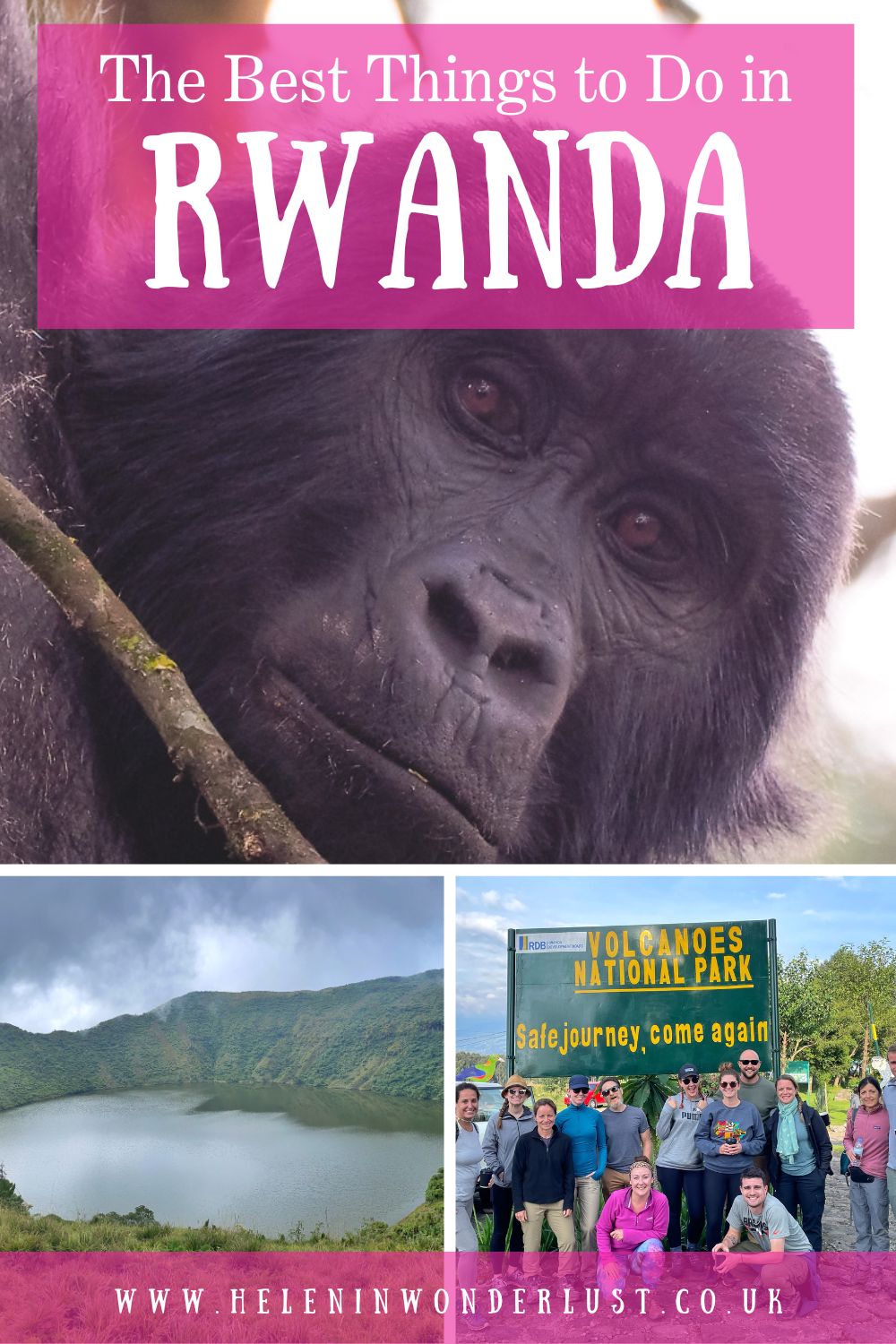
Last updated on September 25th, 2024 at 11:13 am
The first time I visited Rwanda was in 2009. Back then, the effects of the 1994 Rwandan Genocide were still evident. Crossing the border from Uganda, which has also had its fair share of problems, I could feel an energy shift. At least that’s how it seemed to me at the time.
But the country has transformed over the last 15 years, emerging as an incredible example of post-conflict recovery to become one of the most stable and progressive countries on the African continent. Rwanda has not just recovered, it has flourished and the country stands as a testament to resilience and visionary leadership, with numerous reforms driving its impressive development.
One of the most striking aspects of Rwanda’s transformation is its commitment to gender equality. Today, women hold an amazing 61% of the seats in the lower house of parliament, the highest percentage of any country in the world. This remarkable achievement reflects Rwanda’s dedication to inclusive governance and social reform.
Visiting Rwanda now, you can’t help but be inspired by its journey from a tragic past to a bright, promising future. The country’s success story is not just about numbers and policies, it’s about the spirit of its people and their unwavering resolve to forgive, rebuild and thrive.
So here are some ideas for places to see and things to do in Rwanda, “The Land of a Thousand Hills”.
PS. Did you know that I organise Rwanda & Uganda group trips? Click here for details!
Please Note: Some of the links in this post are affiliate links, which will earn me a small commission at no extra cost to you. Affiliate sales help with the running costs of this site, so thank you for your support!
The Best Things to Do in Rwanda
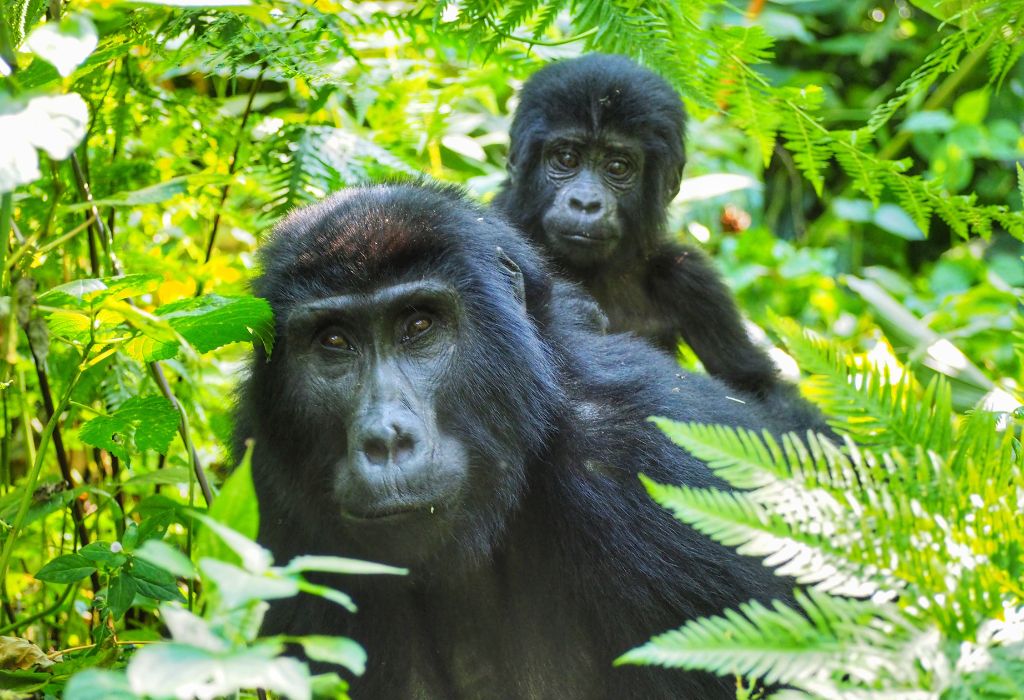
Go Gorilla Trekking in the Volcanoes National Park
Gorilla trekking is something that should be on everyone’s list of things to do in Rwanda. You can see the gorillas in the Volcanoes National Park, which lies in the Virunga Mountains in the northern part of the country, on the border with Uganda and Congo.
To go gorilla trekking in Rwanda you do need to go with a guide and have a permit which currently costs $1,500. Yes, it’s a lot, as Rwanda tends to aim for more high-end tourism – but if you can afford it, it’s worth it!
I had the privilege of going gorilla trekking in Rwanda in 2009 when permits were much more affordable at $500 and it was an incredible experience. Whilst you’re in the area, you can also visit Dian Fossey’s grave and The Ellen DeGeneres Campus of the Dian Fossey Gorilla Fund, a world-class research and education centre dedicated to continuing Fossey’s legacy to save gorillas from extinction.
And whilst you’re in the area, visit the Azizi Life Gorillas Gift Shop. I absolutely love their products! Plus, they offer tons of great workshops too.
READ MORE: The Complete Guide to Gorilla Trekking in Uganda & Rwanda
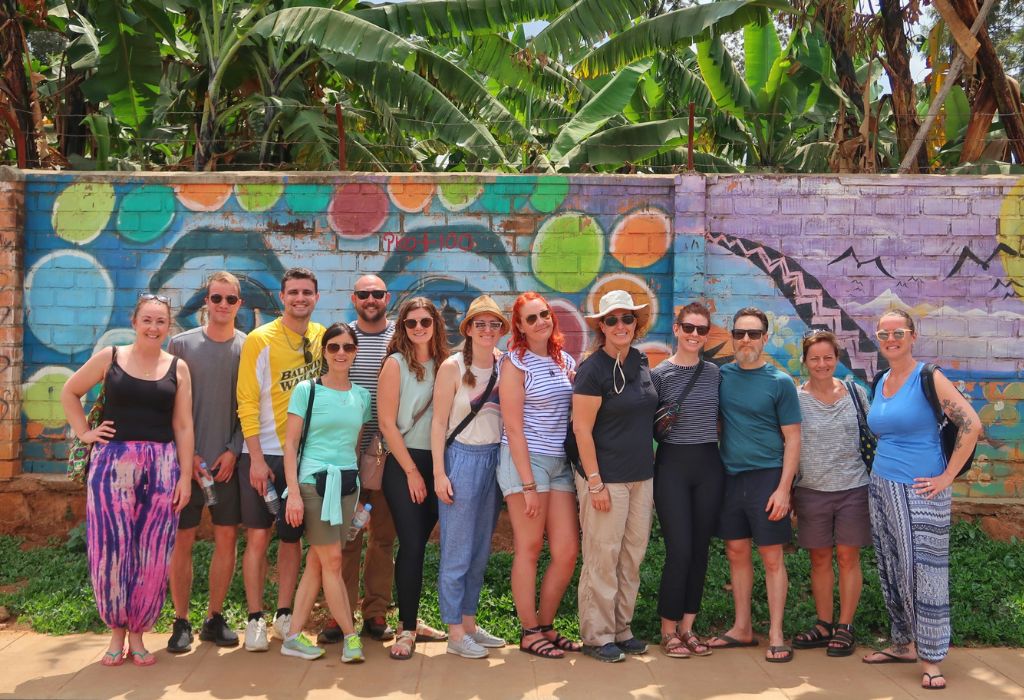
Explore Rwanda’s Capital, Kigali
Rwanda’s capital, Kigali, is an amazing place to visit and one of my favourite cities in all of Africa! There’s an abundance of activities to enjoy, including cultural experiences, hiking, shopping, engaging with social enterprises, walking tours, vibrant nightlife, and a variety of fantastic restaurants.
Kigali is often referred to as the “Singapore of Africa” due to its remarkable cleanliness. This is largely thanks to “Umuganda“, a community service event held on the last Saturday of each month from 8am to 11am, where everyone in Rwanda comes together to clean up the country.
Pretty cool hey? Additionally, Kigali feels exceptionally safe compared to many other cities I’ve visited in Africa (and around the world), making it a welcoming destination for travellers.
Visit the Ethnographic Museum and King’s Palace Museum
If you want to learn about Rwanda’s history, culture, and traditions, head to the Ethnographic Museum (formerly the National Museum of Rwanda) located to the east of Nyugwe Forest in a little town called Butare.
Visitors are not allowed to take any photos inside the museum, which makes it more of a reason to see it in person. It’s one of the six museums that make up the Institute of National Museums of Rwanda and there is a fee to enter, but you can get a discount if you visit 2 or more museums.
The museums are generally open from 9am – 5pm, except on Umuganda days when they’re only open from 12pm. And they’re closed Christmas Day, New Year’s Day and 7th April to commemorate the 1994 genocide.
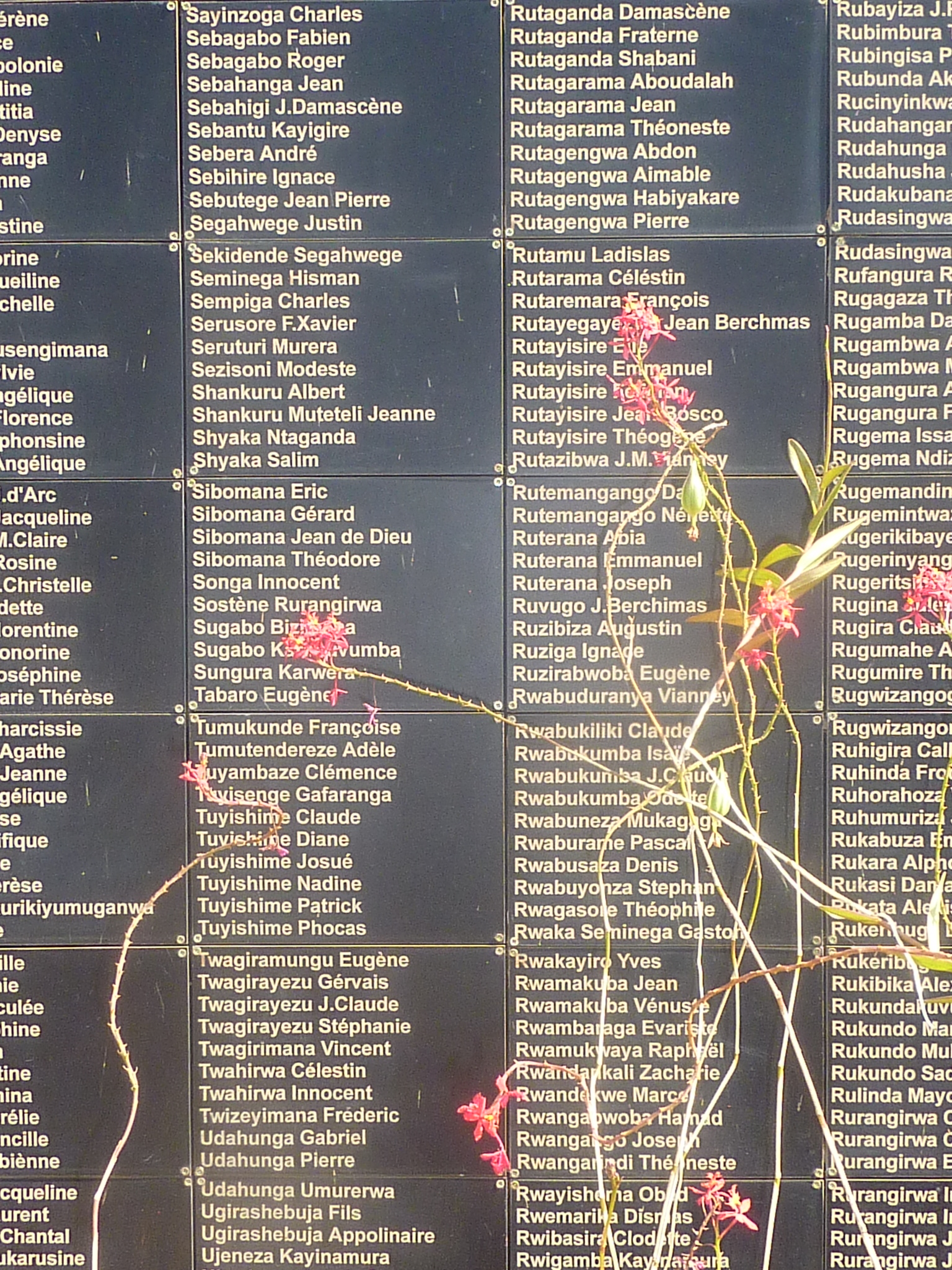
Visit the Genocide Memorial
An absolute must-do when in Rwanda, is to take a trip to the Kigali Genocide Memorial to pay your respects to the victims of the 1994 Rwandan Genocide.
At the museum, you can learn about the events that led up to and took place during the genocide, the victims and the aftermath, and how it has shaped Rwanda today. Just be warned, it’s an emotional experience. The children’s room always brings me to tears and it’s not uncommon to encounter deeply distraught individuals who lost loved ones in the atrocities.
The memorial is open from 8am until 5pm (last entry is at 4pm), 7 days a week (except the last Saturday of each month during Umuganda and Christmas/New Year). The museum is free to enter and works on a donation basis. However, you can request an audio guide at a cost of $20 per person or pre-book a private tour guide at a cost of $100 per group.
READ MORE: Never Forget, Visiting the Rwanda Genocide Memorial in Kigali
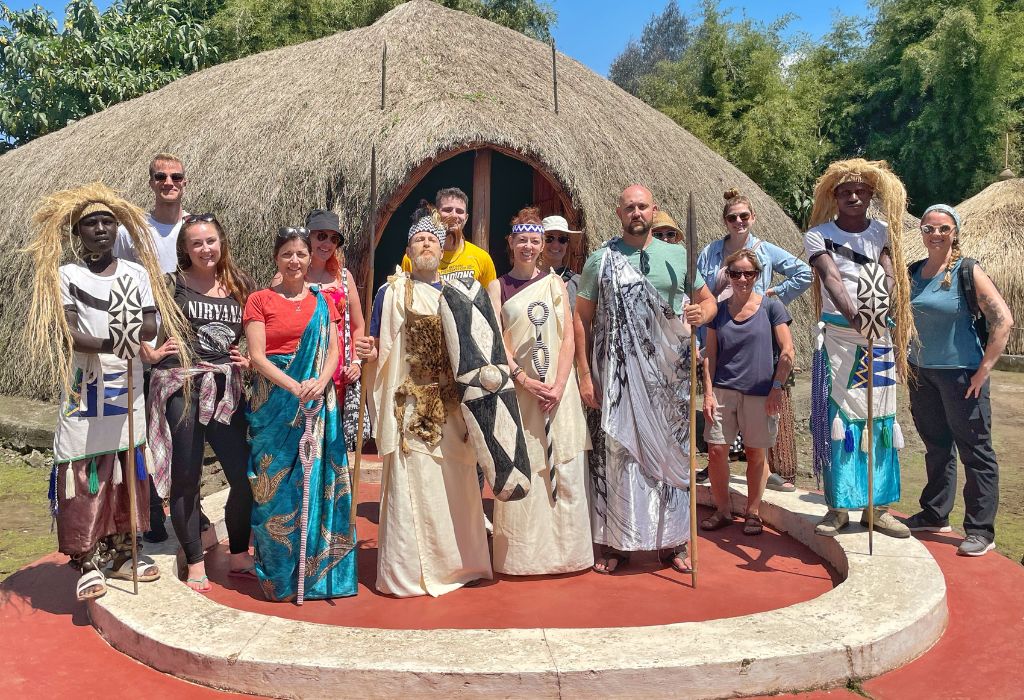
Visit the Iby’Iwacu Cultural Village
If you’re in northwest Rwanda visiting the Volcanoes national park for gorilla trekking, another great place to visit is the Iby’Iwacu Cultural Village (Gorilla Guardians) which is near Musanze (formerly called Ruhengeri).
It’s quite touristy (but fun and informative), and it serves a great purpose by providing employment to former poachers, offering visitors a fascinating insight into traditional Rwandan culture.
Tourism or poaching? It’s an easy choice, and I’m happy to support anything that keeps the gorillas safe! I thoroughly enjoyed my visit to the village, especially the mock wedding ceremony and the visit to the traditional healer – he was absolutely hilarious!
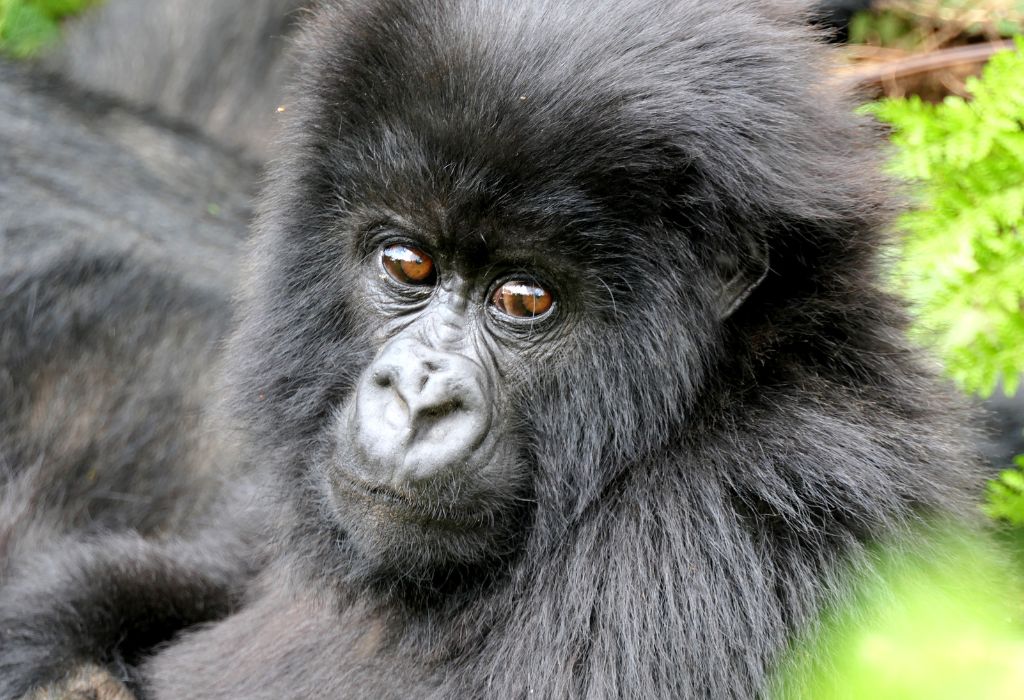
Go to the Gorilla Naming Ceremony
Every September, Kinigi town, near Volcanoes National Park, hosts Kwita Izina, “The Gorilla Naming Ceremony.” During this event, locals, conservationists, and visitors gather to name the new baby gorillas, following traditional Rwandan customs (basically like a humanist naming ceremony but for gorillas). How cute is that?
This also usually coincides with the dry season and the Red Rocks Cultural Festival, so it’s a great time to be in Rwanda! The festival takes place over a 1-week period gives people the opportunity to deepen their appreciation of Rwandan heritage and learn about the locals’ efforts to safeguard the endangered mountain gorillas.
Visit the Twin Lakes of Ruhondo & Burera
One of the most beautiful places to visit in Rwanda (although let’s face it, it’s all beautiful), is the twin lakes of Ruhondo and Burera, which are surrounded by green hills and separated only by 1km of land. This area is known for being a birder’s paradise and it’s close to Musanze, so a great place to stay after your gorilla trek (or during)!
Here, you can immerse yourself in rural Rwandan life by taking boat trips on the lake, observing local fishermen in action, and participating in community walks to visit Rwandan villages and engage with local residents.
Exploring the twin lakes of Ruhondo and Burera offers a great mix of natural beauty, cultural immersion, outdoor activities, and relaxation, making it a must-visit destination for anyone exploring Rwanda’s scenic landscapes, which remind me of nearby Lake Bunyoni in Uganda.
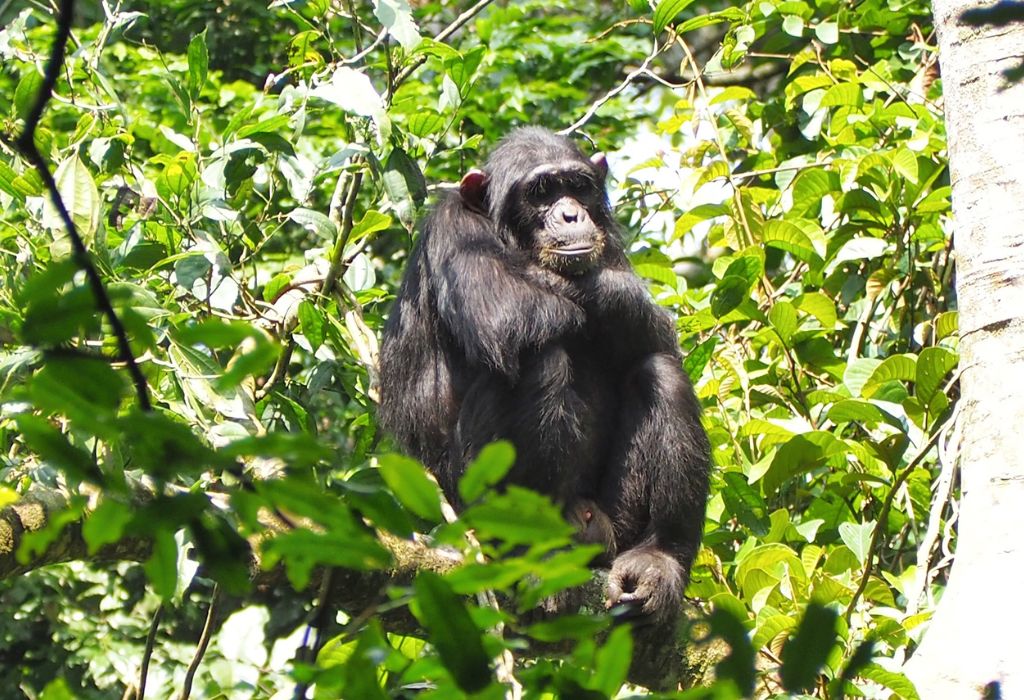
Nyungwe Forest National Park
Nyungwe National Park can be found in the southwest of Rwanda, about a 4 to 5-hour drive from Kigali. It’s a popular place for seeing wild animals such as chimpanzees and other primates, monkeys, and birds. It’s a perfect place if you are looking for tranquillity and simply being immersed in nature.
It’s also great for hiking, with one of the most popular hikes being the Isumo Trail – “isumo” means waterfall in the local language, Kinyarwanda. If you’re feeling adventurous and aren’t afraid of heights, there’s also an awesome treetop canopy walkway that’s 160m long and 70m high.
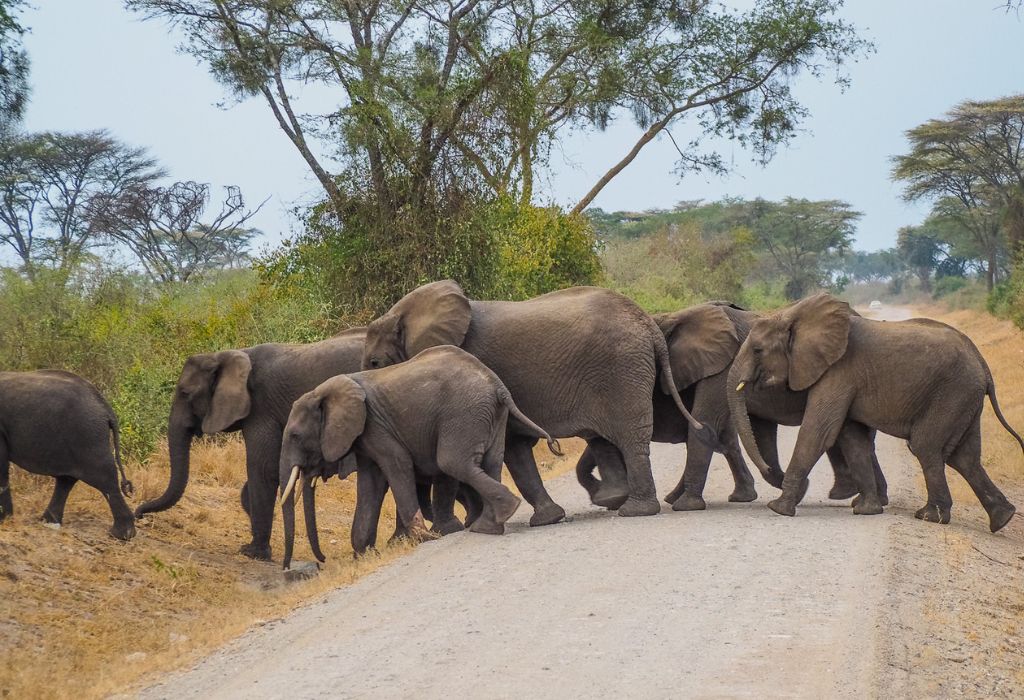
Akagera National Park
One of the best things to do in Rwanda is to go on safari in Akagera National Park, where you can see zebras, impalas, and the big 5 (lions, leopards, rhinos, elephants, and buffalo).
You can easily do a day trip here from Kigali, but to increase your chances of seeing lots of animals and getting the best out of your safari, it’s best to spend a few nights in the area and there are plenty of campsites and accommodations throughout the park.
I always suggest going with a local guide or safari company as you’ll have a much better experience with a guide than without!
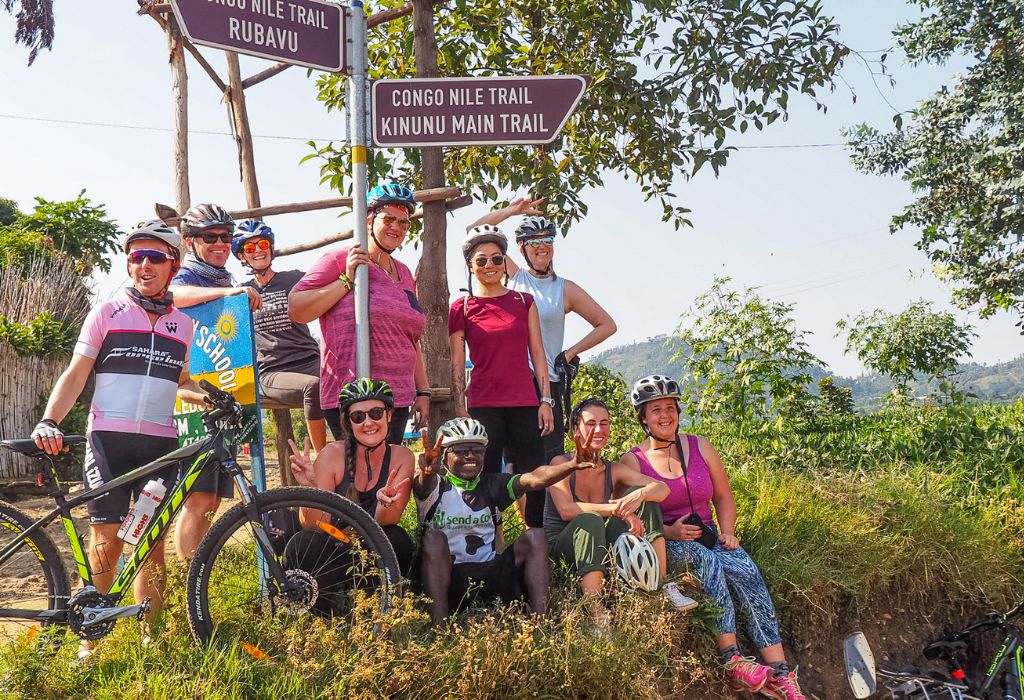
Cycle or Hike the Congo Nile Trail
Are you up for a challenge? Then cycle or hike the Congo Nile Trail that runs alongside Lake Kivu in Rwanda (not the Congo as the name might suggest). You can also kayak along the lake, parallel to the route too!
The trail is around 160 miles (257 km), starting in Rubavu (aka Gisenyi) and finishing all the way down in Kamembe. You can of course do it another way around too. It can be done by bike, foot, or even kayak if you want to be on the lake. The road is a mix of paved and dirt roads (mostly dirt), through forests, farmland, tea/coffee plantations and villages with stunning views over the lake!
I cycled part of the trail from Rubavu to Kinunu in 2018 and it was physically one of the hardest things I’ve ever done in my life (and I’ve climbed Kilimanjaro – twice). I ended up putting my bike on the support vehicle, and hiking a lot of it, before eventually jumping on the back of a motorbike for the last leg of the journey! But, it was an absolutely amazing adventure!
To do the whole thing takes at least 5 days, but you can stretch it out over a longer time and have some shorter travel days or rest days along the way. You can also do shorter sections as I did. The general route goes Rubavu – Kinunu – Kibuye – Nyungwe – Ishara Beach – Kamembe.
I would suggest getting a guide and if you’re not a super confident cyclist/hiker, have a support vehicle – just in case!
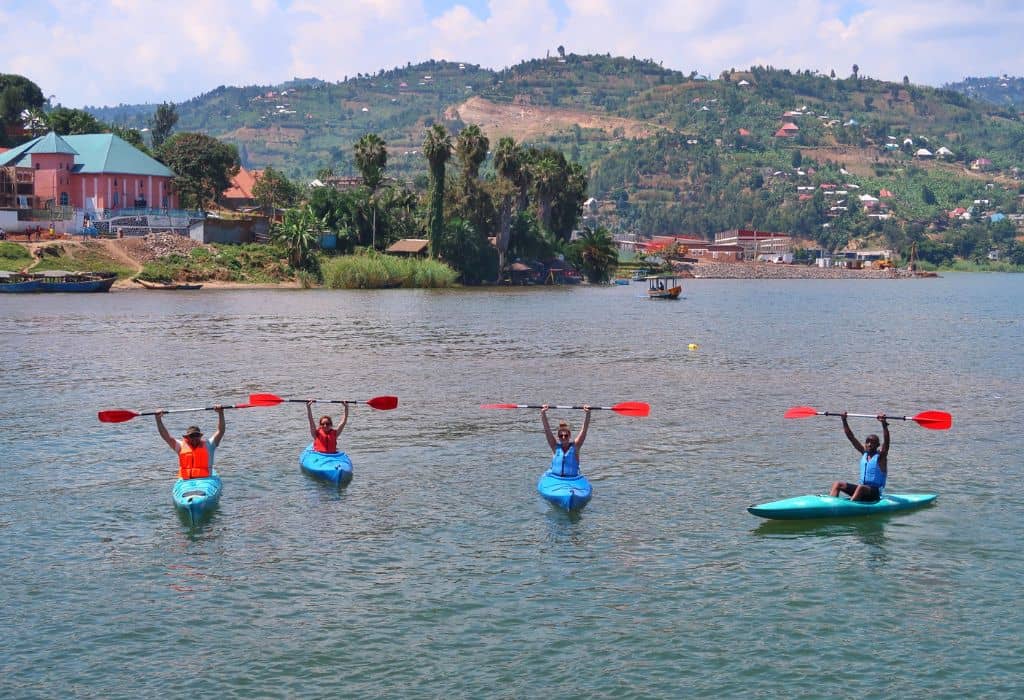
Relax at Lake Kivu
One of my favourite things to do in Rwanda is to head to Lake Kivu and just chill out! This is even better if you’ve just climbed a big mountain (like Bisoke, Karisimbi or Nyiragongo) or hiked/cycled the Congo Nile Trail.
From Kigali, it’s a 3.5-hour scenic drive to Rubavu (formerly called and still referred to, as Gisenyi), a place that’s popular with both locals and tourists, especially at the weekends when everybody heads out of the city to relax and unwind.
There are lots of things to do at the lake including cycling, kayaking, hiking, village tours, coffee & tea plantation tours, boat trips, and fishing! Or you can just chill with a beer by the lake at your hotel. There are lots of accommodations from luxury hotels, cute guesthouses, and even camping grounds.
Gisenyi is also the jumping off point for taking trips to the Virunga National Park in Congo (the border with Goma is literally minutes away)! I stayed in Gisenyi before climbing Mount Nyiragongo, an active volcano with a lava lake at the top! Just note that the Virunga National Park is currently closed for security reasons.
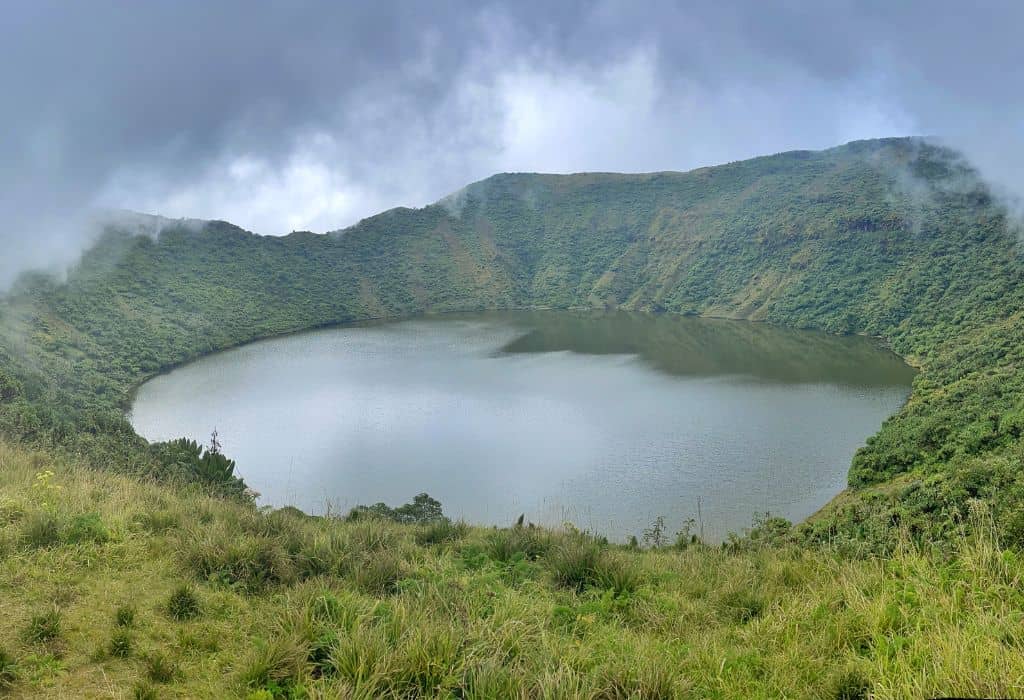
Climb Mount Bisoke
If you’re after a challenging hike in Rwanda, then Mount Bisoke, a dormant volcano in the Volcanoes National Park with a beautiful crater lake at the top is a great option.
It’s only 3,711m high, but it’s very steep and very tough on the knees. I’ve climbed it twice and I can say that it’s incredibly difficult (not sure I would do it again now… then again, I probably would – I’m a glutton for punishment). Coming down is just as hard as going up, if not more so and you will be aching by the time you get back down to the bottom.
The first time I climbed it, I saw a gorilla on the path in front of me which was a very cool experience (that’s me looking very excited about it below). I was alone with one of the guides, waiting for one of my group who was struggling whilst everyone else went ahead and it just walked out of the bushes. And… I didn’t have to pay for the gorilla permit. Yay!!!
But, obviously this is rare and I was just in the right place at the right time!
The path can be very slippery, even in dry season, so you need to wear proper hiking boots, hiking pants that you don’t mind getting dirty (you’ll spend a lot of time scrambling down on your bum), and I would also advise walking poles/sticks which you can get at the start point.
You need to register with the Volcanoes National Park in advance and you need to go with a guide. I would also recommend hiring a porter to help you up and down the mountain. I have bad knees, so my porter on my last trek, Major, literally pulled me up that mountain and supported me on the way down! What a legend!
Take lots of snacks, water, and a packed lunch to eat at the top. The first time we went, I had the idea to order pizzas to take up – we actually had a porter carry the 10 boxes to the top. It seemed like a stupid idea at first, however when we got to the top, we shared them with all the guides and porters (who were very happy) and we were the envy of all the other trekkers!
And make sure you have some warm clothes as the summit is very chilly, despite being very warm at the bottom!
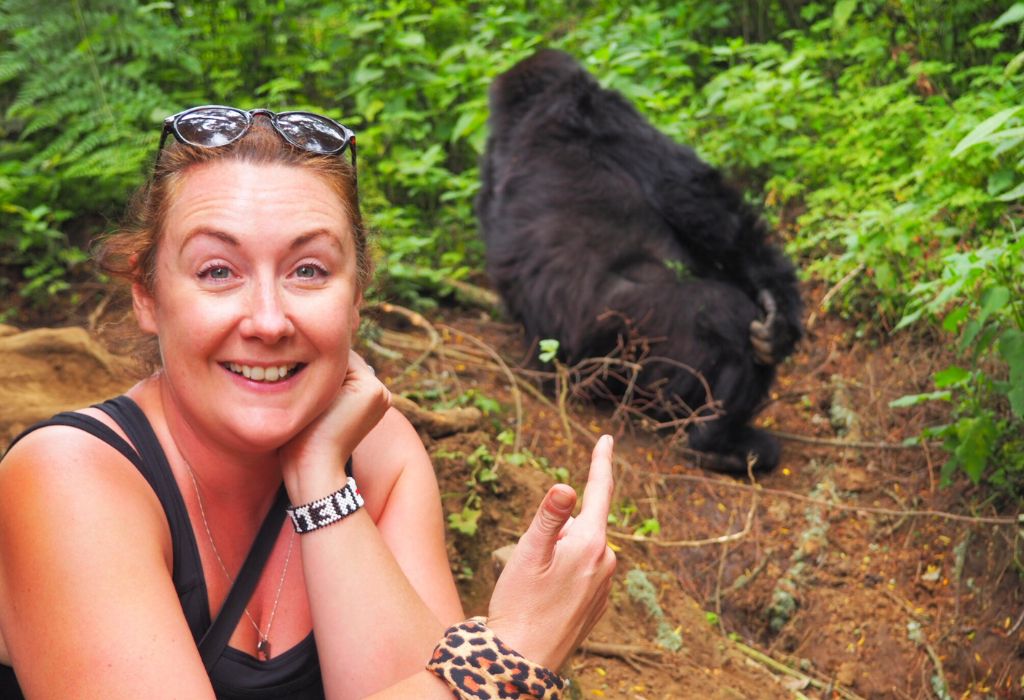
Try Rwandan Food
The food in Rwanda is pretty great, blending traditional African dishes with French cuisine.
Popular local foods include ugali (maize or cassava porridge), sambaza (small, deep-fried fish), mizuzu (deep fried plantains), agatogo (plantain stew, sometimes with meat and fish), matoke (green bananas), isombe (cassava leaves with groundnuts), igisafuliya (vegetables simmered with chicken), stewnyama choma (bbq meat), ifi (slow-grilled talapia fish) and brochettes (meat on a stick).
These are all common local dishes and you should be able to find them in many restaurants all over the country. If you want to try local food in Kigali, I definitely recommend a restaurant called Repub Lounge. It’s a lovely setting, with a great choice of delicious Rwandan food.
READ MORE: East African Foods You HAVE to Try

Hike Mount Karisimbi
If you want the accolade of climbing the highest mountain in Rwanda (and the 15th highest in Africa) then you should climb Mount Karisimbi, which stands at a respectable 4,507m.
I haven’t climbed it personally… yet (which is why there’s another picture of Mount Bisoke above) but it’s definitely on my list of things to do in Rwanda in the future! I just need to find some time!
At 4,507 metres/14,786 ft, Mount Karisimbi is the highest peak in the country, so it should definitely be on your things to do in Rwanda list. Mount Karisimbi is not far from Mount Bisoke and is also an inactive volcano.
It usually takes 2 days to hike the mountain and it’s required for everyone to be registered and do an overnight stay before you reach the summit.
I hope this gives you some ideas for things to do in Rwanda! Any more suggestions? Leave them in the comments below!
Other Rwanda posts you might enjoy…
- The Complete Guide to Gorilla Trekking in Uganda & Rwanda
- NEVER FORGET: Visiting the Rwanda Genocide Memorial in Kigali
- Getting Slapped By a Gorilla in Rwanda
- 31 East African Foods You HAVE to Try
If you’d like to join the Rock My Uganda & Rwanda Adventure you can find out more here.
Pin This Post For Later
